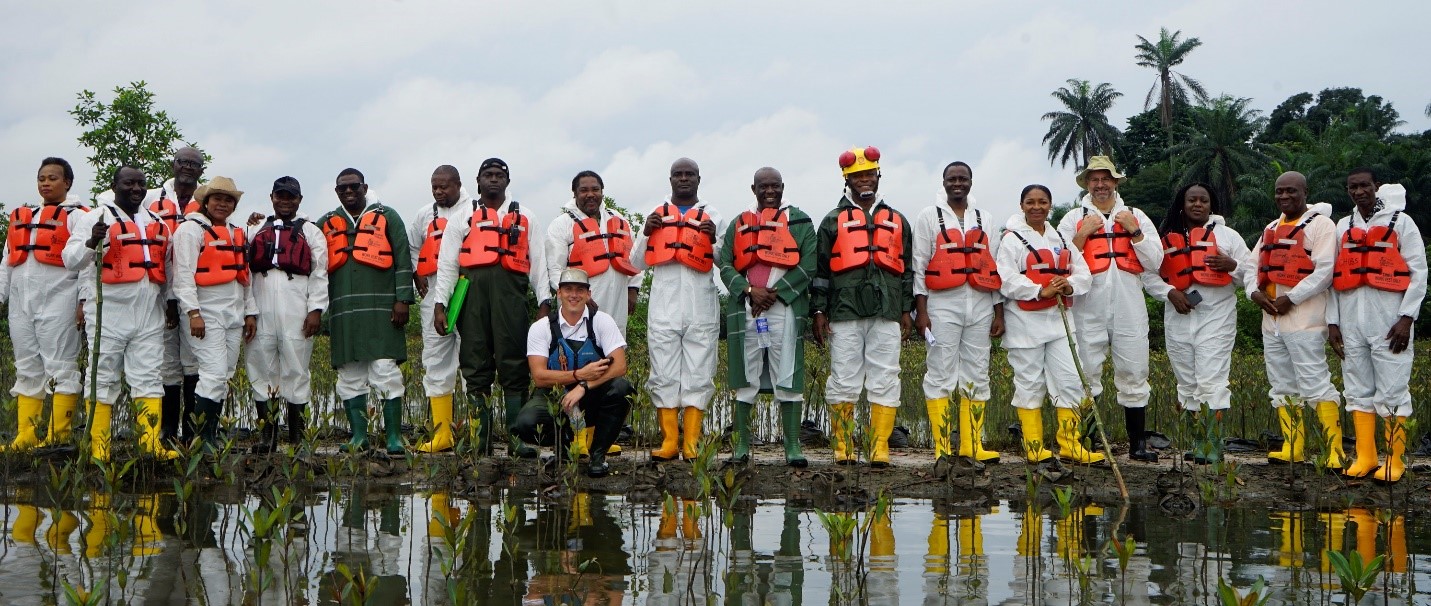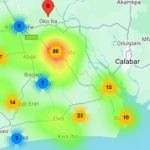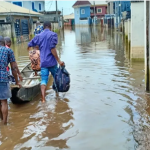
Niger Delta Weekly Update for June 12-18, 2022
June 17, 2022
Bodo Community Reps Visit the Bodo Work Area
July 7, 2022The difference between #BodoCleanup and #OgoniCleanup
By Bariton Lezabbey
Oftentimes, people confuse the Bodo Remediation and Revegetation Project with the Hydrocarbon Pollution Remediation Project (HYPREP), a much wider cleanup intervention by the Federal Government of Nigeria. To be clear, the Bodo Project is independent of HYPREP and focuses on a 1000 ha delineated area within the Bodo estuary. In comparison, HYPREP’s intervention covers the larger Ogoni area and potentially will include mangrove areas several times larger than that of the Bodo Project.
Some important notes about the Bodo Project:
- In 2013, the Ambassador of the Dutch Government to Nigeria, HE. Bert Ronhaar negotiated for mediation between both parties. That negotiation led to the establishment of the Bodo Mediation Initiative (BMI) which was enabled to oversee and mediate throughout the clean-up process.
- Agreement between the Bodo community and SPDC in 2015 set the stage for cleanup.
- The Bodo Project is the largest current remediation effort within a mangrove ecosystem.
- The Project’s Phase 1 to remove free phase oil started in September 2017 and lasted for a year. This had the direct employment of over 400 Bodo community workers with two remediation companies executing the cleanup tasks.
- 2019 saw the return to the Bodo creeks for Phase 2 of the Project, which involved the use of more sophisticated and improved methodologies for remediation. The second phase had four remediation companies and directly employed over 2400 workers over three years of the life of the Project.
- Several other companies with their staff who implement other ancillary duties are well integrated on the job, including Waste Haulers, Catering Services, Mangrove Planters, Boat Logistics, and Security Services.
- The revegetation of the Bodo Project will see the planting of approximately two million mangrove seedlings to initiate the restoration of Bodo’s mangrove ecosystem.
- In juxtaposition to the HYPREP Project, the Bodo Project scope does not extend beyond a well-defined area in Bodo creek.
A group of workers flushing a contaminated work area
In the contrast, HYPREP was established in 2016 by the Federal Ministry of Environment to implement the recommendations of the United Nations Environment Programme (UNEP) Report on Environmental Restoration of Ogoniland (UNEP Report).
UNEP released its Environmental Assessment of Ogoniland in August 2011. The report was delivered to the Federal Government of Nigeria. In it, were recommendations to the government, the oil and gas industry, and communities to begin a comprehensive cleanup of Ogoniland, restore polluted environments, and end all forms of ongoing oil contamination in the region. This was the event that brought about HYPREP.
Although covering different areas, the BMI is sharing lessons learned with HYPREP for the betterment of both the land and aquatic environments of Ogoniland.









